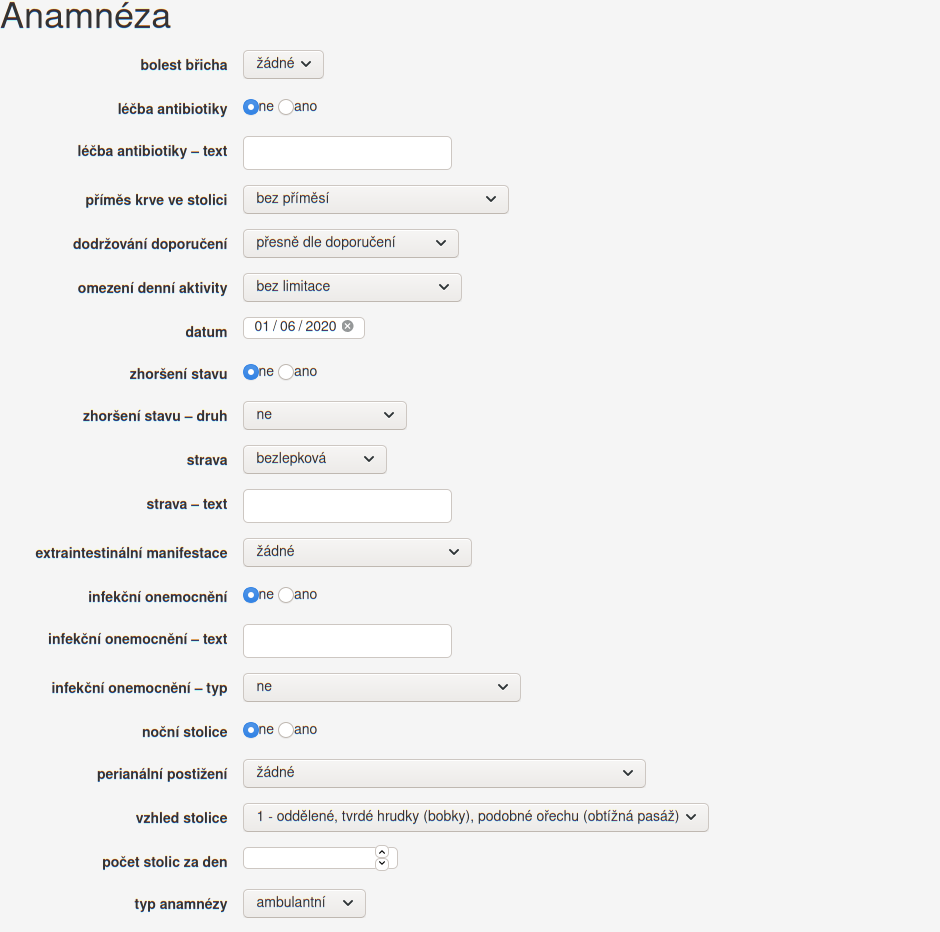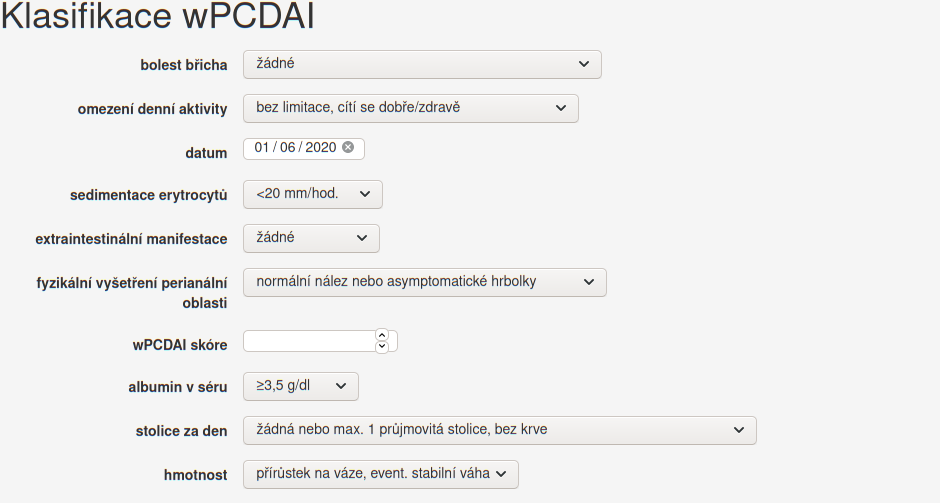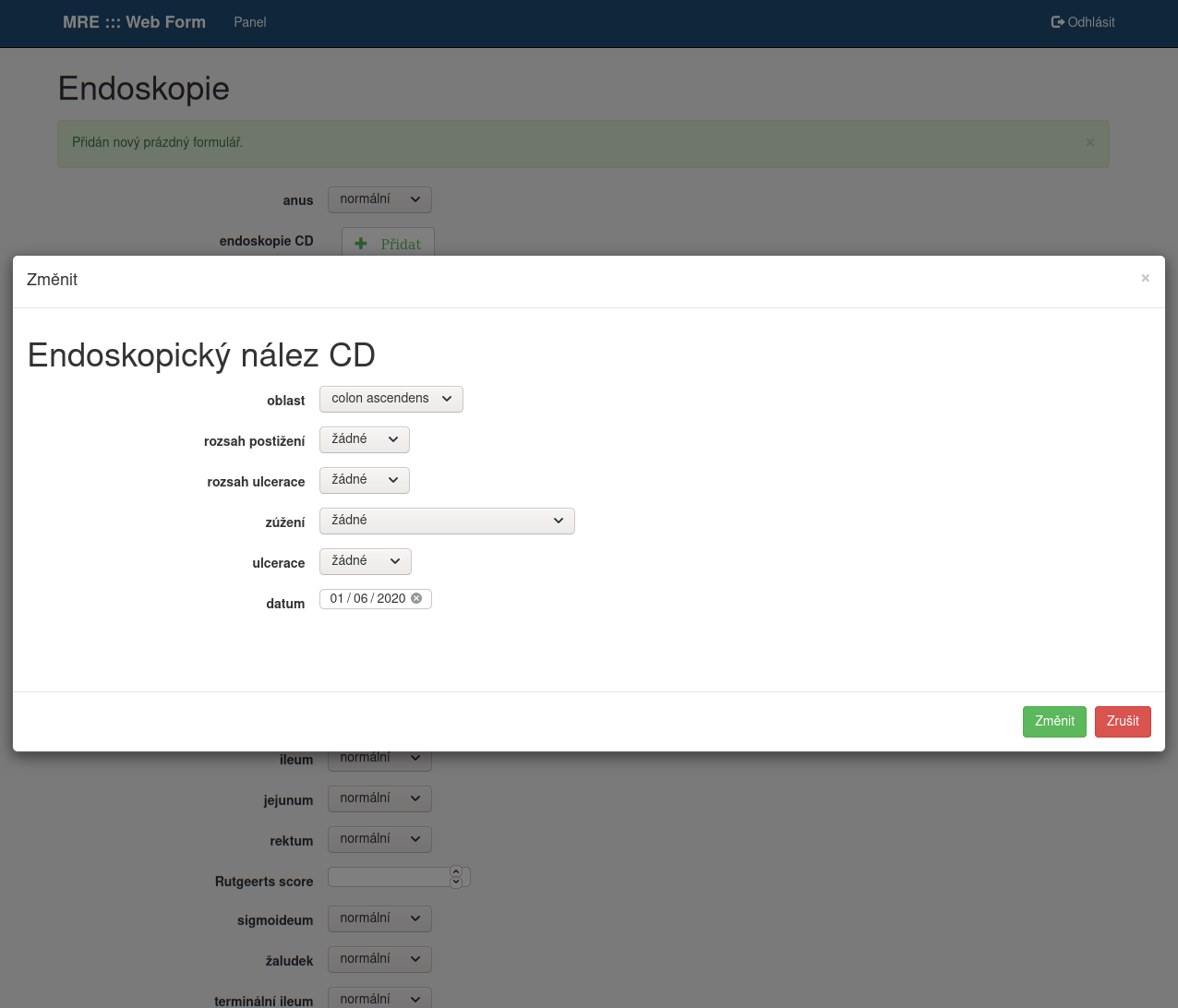Introduction
The Web Form Generator provides a very fast way to use ontology (OWL) to produce structured and validated RDF data using modern responsive HTML5 web forms.
We prefer using several annotations fields to describe the content of the generated form. Still we prefer to have annotations stored in a separate configuration RDF file, but all annotations should be a permanent part of used ontology.
In most of the cases, required annotations are just the basic elements of RDF like rdfs:label, rdfs:domain and rdfs:range.
The user working with the ontology-generated web form does not require to know anything about RDF, semantic web technologies, SPARQL, etc. These users just fill-in the HTML5 forms.
Features
- HTML5 and Bootstrap.
- For the best results we recommend to use annotations defined by Form Ontology (see owlDoc for concrete annotations).
- offer annotations for vocabulary and its items (code, default value/item, score).
- input type (and eg. auto focus, placeholder, value),
- dimensions (eg. size, row/columns, height/width),
- restrictions (eg. read only, required, min/max),
- Generator can work even with ontology without these annotations.
Screenshots
Auto-Generated HTML5 web forms are illustrated on screenshots based on the Inflammatory Bowel Disease (IBDT) Treatment Ontology and its ibdt:Anamnesis, ibdt:wPCDAI or ibdt:EndoscopyCD classes (and defined domains/ranges in properties). Properties with controlled vocabularies offers vocabulary items in the input fields.
Anamnesis of patient
Form with patient's anamnesis.

wPCDAI
Form of the generated wPCDAI score scale. The wPCDAI is standardized.

Sub-form for findings of endoscopy
Object properties for one or more instances of the specific type you can edit in a modal dialog window.
